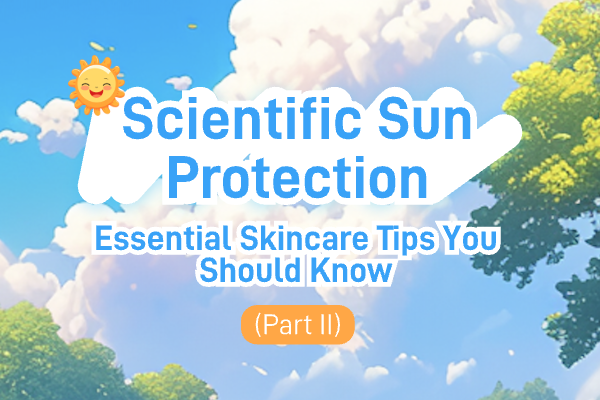Key messages on healthy bones
Know osteoporosis
Osteoporosis is the most common systemic bone disease among the middle-aged and elderly. The main features of the disease are low bone mineral content, destruction of bone structure, reduction of bone strength and proneness to fracture. Pain, hunchback, height loss and fracture are the main symptoms of osteoporosis. However, osteoporosis is a preventable and treatable chronic disease.
Complications of osteoporosis
A serious complication of osteoporosis is fracture. Fracture and its multiple complications seriously affect the quality of life of the elderly.
How to prevent osteoporosis
People of all ages should pay attention to the prevention of osteoporosis. Postmenopausal women and elderly people are prone to osteoporosis. The lifestyle of infants and children is closely related to the occurrence of osteoporosis in adulthood.
Don't ignore bone mass accumulation
The mineral content in human bones reaches the peak around the age of 30. The higher the peak bone mass, the more "bone mineral" reserves in the human body. The longer the onset of osteoporosis in the elderly, the lighter the symptoms and severity.
Balanced diet promotes calcium absorption
Calcium determines bone health. Dietary habits are closely related to calcium absorption. Choosing a balanced diet rich in calcium, low in salt and with an appropriate amount of protein is beneficial to osteoporosis prevention.
Sunbathing helps absorb calcium
Sufficient sunshine plays a key role in the production of vitamin D and the absorption of calcium. At least 20 minutes of sunbathing is needed every day. It’s recommended to engage in outdoor activities every day, such as walking, running, or riding.
Moderate exercise can improve bone strength
Regular exercise can help maintain normal bone mineral density and bone strength. On the other hand, lack of exercise will cause bone loss. Physical exercise plays a positive role in preventing osteoporosis. Moderate weight-bearing exercise can help the body obtain and maintain the maximum bone strength.
Change living habits
Such habits as smoking and drinking too much alcohol can increase the risk of osteoporosis. It’s recommended that the maximum alcohol consumption of adult men and women in a day should not exceed 25 grams and 15 grams, which is equivalent to the amount in the table below. On this basis, high-risk groups should further reduce alcohol consumption.
| 15g alcohol | 25g alcohol | |
| Beer | 450ml | 750ml |
| Wine | 150ml | 250ml |
| Baijiu with 3.8% ABV | 50ml | 75ml |
Prevent fractures
More than 90% of fractures in the elderly are caused by falls, so it is very important to prevent them. Flexibility exercise has a small load on the body and takes very low energy, and so is helpful in preventing falls and trauma and improving the quality of life of the elderly.
Test to see whether you belong to high-risk groups
High-risk groups should seek osteoporosis detection and diagnosis as early as possible.
The following questions can help you identify whether you belong to a high-risk group for osteoporosis. Those who answer "yes" to any one question are in a high-risk group and should go to the hospital for a checkup.
1.Have you ever hurt your bones because of a slight collision or fall?
2. Do you take hormone medicine for more than three months?
3. Is your height 3cm lower than when you were young?
4. Do you often drink too much? (twice a day, or not drinking for only 1-2 days every week)
5. Do you smoke more than 20 cigarettes a day?
6. Do you often have diarrhea? (caused by celiac disease or enteritis)
7. Did your parents every have hip fracture caused by a slight collision or fall?
8. (For females) Did your menopause start before the age of 45?
9. (For females) Have you ever had no menstruation for more than 12 months (except during pregnancy)?
10. (For males): Do you suffer from impotence or lack of sexual desire?
Links
>
Copyright© Chinese Center for Disease Control and Prevention. All rights reserved Pousion.
京ICP备11024750号-1 京公网安备11011402013004号
京ICP备11024750号-1 京公网安备11011402013004号








